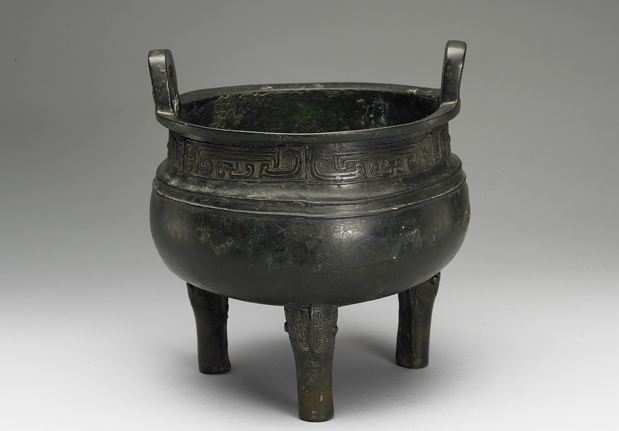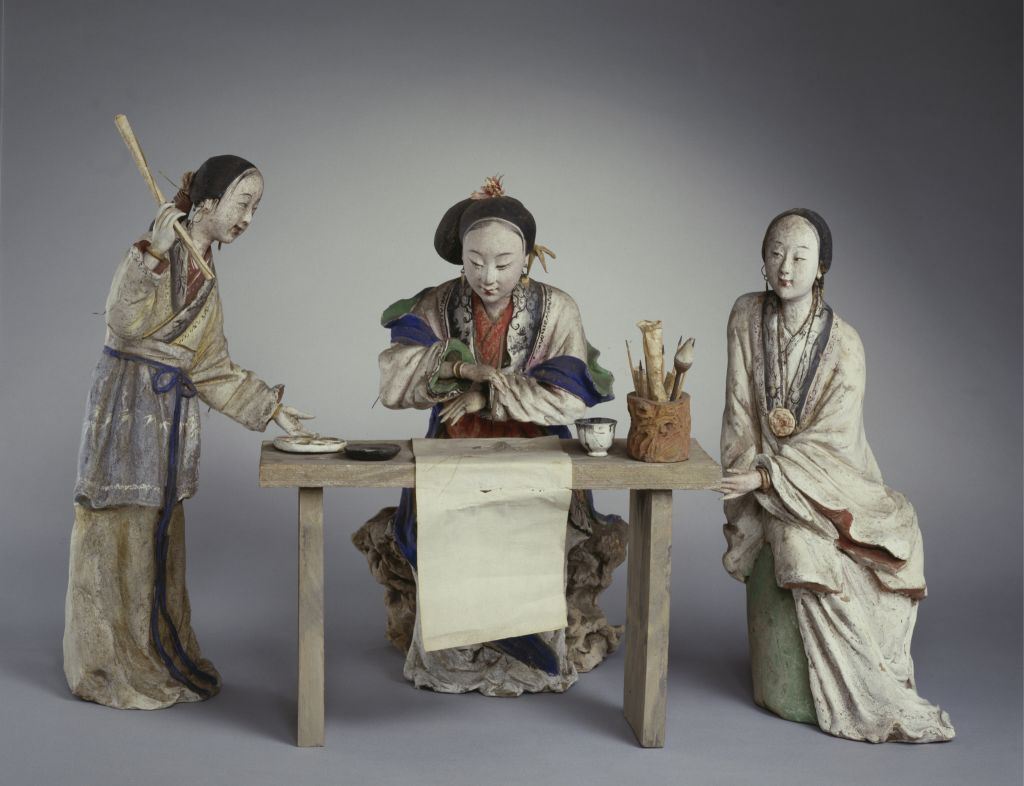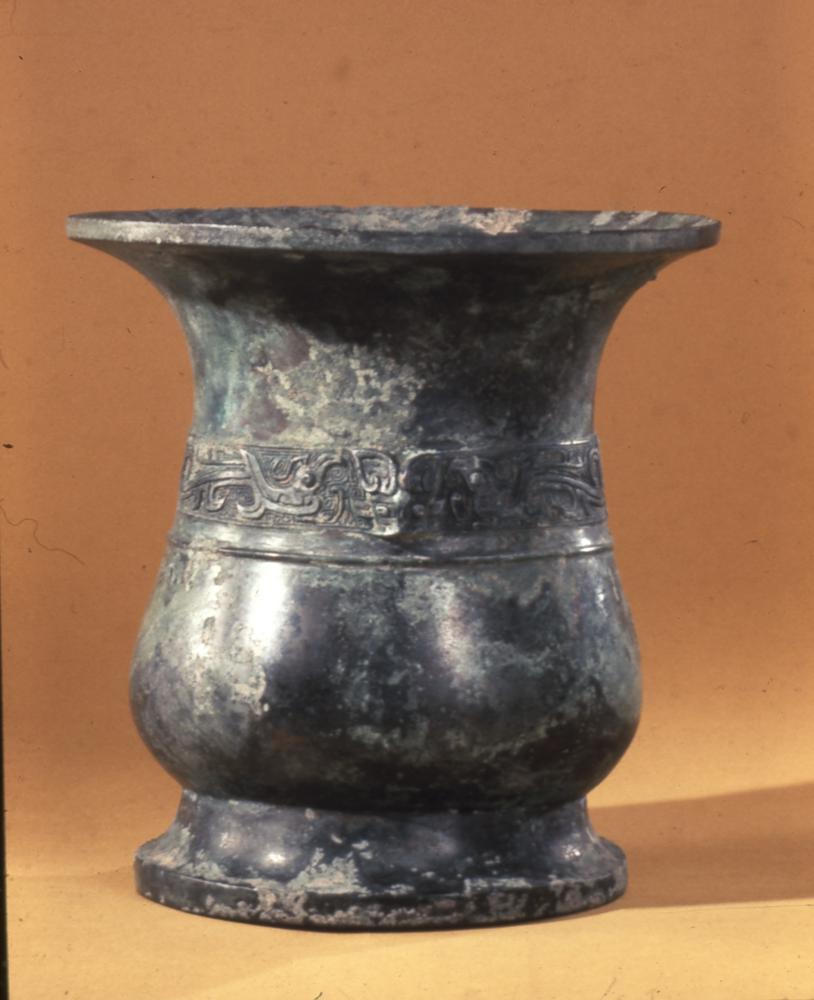[Apricot Yellow Kesi Colored Cloud Golden Dragon Cladding Python Robe]
Apricot Yellow Kesi Colored Cloud Golden Dragon Cladding Python Robe, from Jiaqing of the Qing Dynasty, has a body length of 69cm, a total length of 103cm at both sleeves, a cuff width of 15cm, and a hem width of 74cm. The old collection of the Qing Palace
The apricot yellow python robe is one of the auspicious costumes worn by emperors in the Qing Dynasty. It is mainly used for the three major celebrations of New Year’s Day, Wanshou, and the winter solstice, as well as various seasonal festivals and other occasions. Its style is a round neck, with a large front and a right lapel, horseshoe sleeves, a train that opens in four directions, decorated with five copper gilded gold chiseled flower buckles, and the interior is lined with white plain silk
This robe is carved on the apricot yellow ground with patterns such as colorful clouds, golden dragons, and seawater, river teeth. The craftsmanship is exquisite and meticulous. The Qing Dynasty crown system was known for its rigor and complexity. The color, pattern, form, and appellation of clothing can indicate the differences in the identity and status of the wearer. Even within the imperial family, there were strict hierarchical differences. “For example, auspicious robes can only be called dragon robes if worn on the bodies of emperors, queens, concubines, and concubines.”. The auspicious robe worn by the prince, although identical in pattern or color to the former, can only be called a python robe.
![图片[1]-Apricot yellow tapestry colored cloud golden dragon python robe-China Archive](https://chinaarchive.net/Warring States period/tapestry and embroidery/25444[1024].jpg)
![杏黄色缂丝彩云金龙夹蟒袍后式 图片[2]-Apricot yellow tapestry colored cloud golden dragon python robe-China Archive](https://chinaarchive.net/Warring States period/tapestry and embroidery/25445[1024].jpg) 杏黄色缂丝彩云金龙夹蟒袍后式
杏黄色缂丝彩云金龙夹蟒袍后式![杏黄色缂丝彩云金龙夹蟒袍局部 图片[3]-Apricot yellow tapestry colored cloud golden dragon python robe-China Archive](https://chinaarchive.net/Warring States period/tapestry and embroidery/25446.jpg) 杏黄色缂丝彩云金龙夹蟒袍局部
杏黄色缂丝彩云金龙夹蟒袍局部





